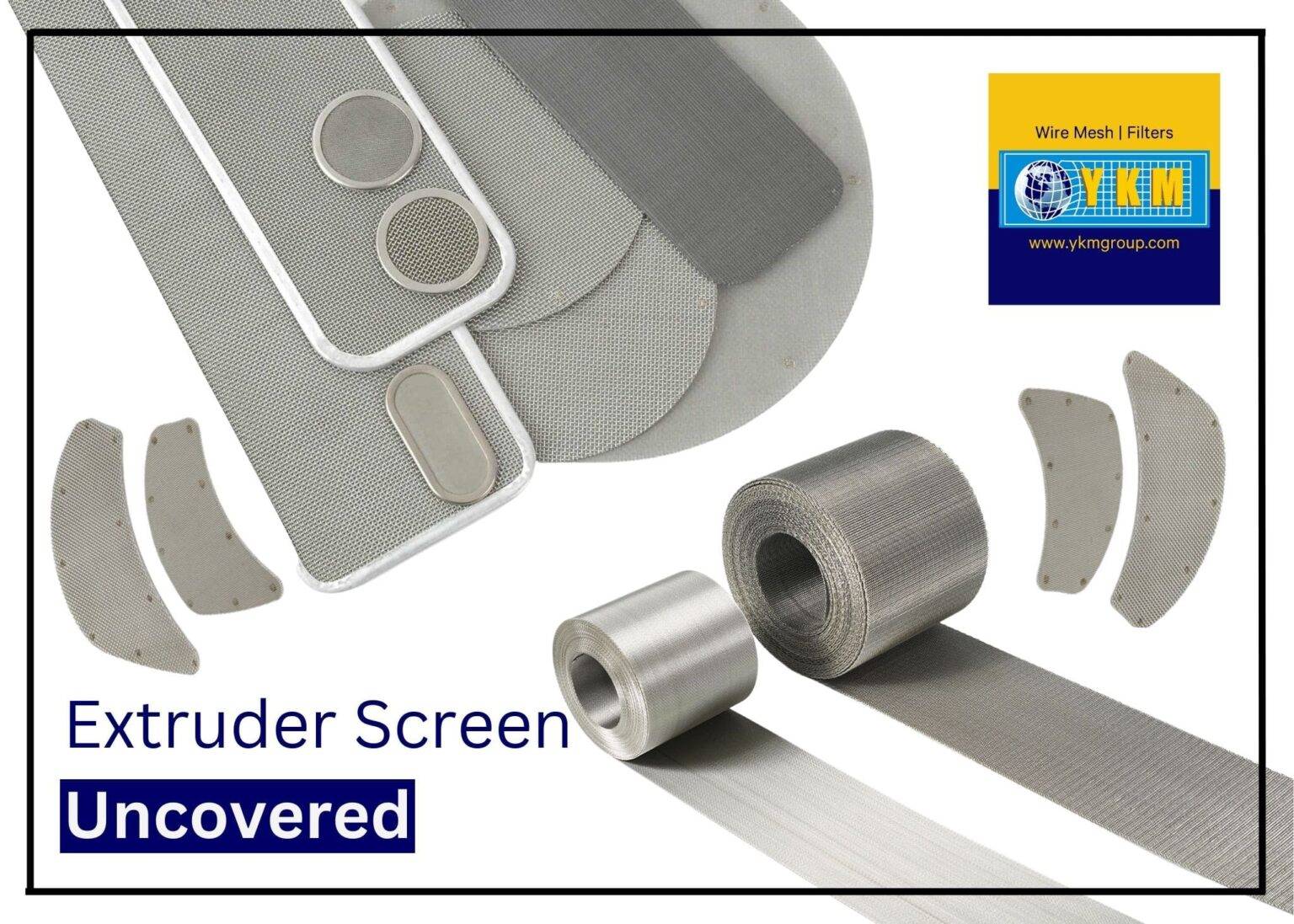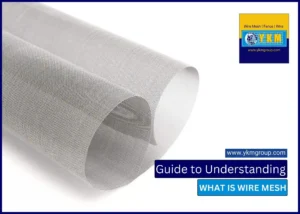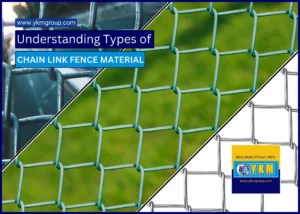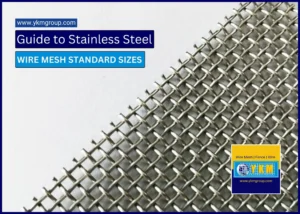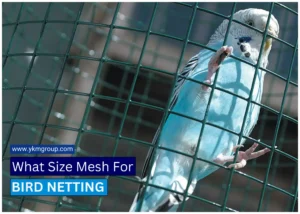An extruder screen, also known as a screen pack, is a filter used in the plastic and polymer processing industry. It is typically a circular piece of high quality woven stainless steel wire mesh that is placed in the extruder barrel to filter out contaminants and impurities from the plastic material during the extrusion process.
The extruder screen is usually placed near the end of the extruder screw, where the plastic material is molten and under high pressure. As the material is forced through the tiny holes of the screen, any foreign particles or debris are trapped in the extruder mesh screen, preventing them from clogging or damaging downstream equipment, such as dies or nozzles.
What Is an Extruder Screen Pack?
An extruder screen pack, also known as a screen changer assembly or filter assembly, is a component used in the plastic and polymer processing industry to filter out impurities and contaminants from the material being processed. The screen pack is typically installed in the extruder barrel, near the end of the extruder screw, where the plastic material is molten and under high pressure.
The screen pack assembly also includes adapters that allow it to be connected to the extruder barrel and seals that ensure a tight fit to prevent leaks and contamination. Some screen pack assemblies may also include a heating element to prevent the material from solidifying and clogging the screens. The number of screens and the mesh size can vary depending on the specific application and material being processed.
What are the Components of an extruder screen pack?
An extruder screen pack, typically consists of several components. The specific components can vary depending on the manufacturer and the application, but some of the common components include:
Screen:
The extruder mesh screen is the most important component of the extruder screen pack. It is a circular piece of woven wire mesh that is designed to filter out impurities and contaminants from the plastic material during the extrusion process. The extruder filter screen can be made from various materials, such as stainless steel or nickel mesh, and comes in different mesh sizes.
Retainer ring:
The retainer ring is a circular metal ring that holds the screen in place within the extruder filter screen pack assembly. It is typically made from stainless steel or another durable metal.
Housing:
The housing is the outer casing of the pack assembly. It is designed to hold the screen and other components in place and can be made from various materials, such as steel or aluminum.
Adapters:
Adapters are components that allow the screen pack assembly to be connected to the extruder barrel. They are typically made from steel or aluminum and can be designed to fit different barrel sizes and configurations.
Seals:
Seals are components that are used to ensure a tight seal between the screen pack assembly and the extruder barrel. They can be made from various materials, such as rubber or silicone, and are critical in preventing leaks or contamination.
Overall, the components of an extruder screen pack work together to ensure that the plastic material being processed is free from impurities and contaminants, which is critical for producing high-quality products.
How is an extruder screen manufactured?
The manufacturing process for an extruder screen involves several steps. The specific process can vary depending on the manufacturer and the type of screen being produced, but some of the common steps include:
Wire selection:
The first step is to select the best quality woven wire mesh for the screen. The wire can be made from various materials, such as stainless steel, nickel, or copper, and comes in different gauges and diameters.
Weaving:
The selected wire is then woven into a mesh screen which are available in different weave patterns and mesh count.
Know More about Different Stainless Steel Wire Mesh Weaves.
Cutting and shaping:
Once the woven mesh screen is complete, it is cut and shaped to the desired size and shape. The screen can be circular, rectangular, or any other shape depending on the specific application and requirements.
Cleaning and inspection:
The extruder mesh screen is then cleaned and inspected to ensure that it is free from defects and meets the required specifications.
Assembly:
The screen is assembled into a screen pack assembly, which includes the retainer ring, housing, and other components. The assembly process can be done manually or with the help of machines.
Testing:
The final step is to test the screen pack assembly to ensure that it meets the required specifications and is functioning properly.
How to choose the perfect Extruder Screen Pack Mesh Size?
Choosing the perfect extruder screen mesh size depends on several factors, including the type of material being processed, the processing conditions, and the desired quality of the final product. Here are some factors to consider when choosing an extruder screen mesh size:
Material type:
Different materials have different particle sizes, and therefore require different mesh sizes for effective filtration. For example, a coarse mesh size may be suitable for processing materials with larger particles, while a fine mesh size may be necessary for processing materials with smaller particles.
Processing conditions:
The processing conditions, such as the temperature and pressure, can affect the particle size of the material. Higher temperatures and pressures can result in smaller particles that require a finer mesh size for effective filtration.
Flow rate:
The flow rate of the material through the extruder screen can also affect the choice of mesh size. A higher flow rate may require a coarser mesh size to prevent clogging, while a lower flow rate may allow for a finer mesh size to be used.
Desired product quality:
The desired quality of the final product can also influence the choice of mesh size. A finer mesh size may be necessary to remove smaller particles and impurities that could affect the appearance or performance of the final product.
The most common seen extruder screen mesh sizes are from 20 Mesh to 150 Mesh.
How to choose an extruder screen mesh manufacturer?
Choosing the right extruder screen mesh manufacturer is a vital decision which can impact the performance of your extrusion process. Here are some factors to consider when choosing a manufacturer:
Experience and expertise:
Look for a manufacturer with experience and expertise in the production of screen meshes. YKM Wire Mesh is engineered for industrial screen with an industrial experience of over 39 Years.
Quality and consistency:
Quality and consistency are essential when it comes to extruder screens. Look for a quality wire mesh manufacturer with a robust quality control process and a commitment to producing high-quality screens.
Customization options:
Depending on your application, you may require customized extruder screens. YKM offers customization options, such as different mesh sizes, mesh count, micron rating, weaves, & property customization.
Lead time and delivery:
Timely delivery is important to ensure that your extrusion process stays on track. Look for a manufacturer with a reasonable lead time and a reliable delivery process.
Customer service and support:
Look for a manufacturer with a strong commitment to customer service and support. A manufacturer that offers technical assistance and troubleshooting can help ensure that your extrusion process runs smoothly and efficiently.
Price:
Price is always a factor when making purchasing decisions. Look for a manufacturer that offers competitive pricing without sacrificing quality or service.
